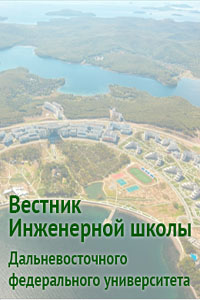Structural concrete at high temperature: carbonization, decarbonization and recarbonization
DOI:
https://doi.org/10.24866/2227-6858/2023-2/73-85Keywords:
concrete, high temperature, fire curing, carbonization, decarbonization, recarbonization modelsAbstract
The multichemophysical model of the processes of carbonization, decarbonization and recarbonization of concrete at high temperatures is analyzed. Experimental validation of the integrated model is carried out using thermogravimetric tests of cement stone and the strength of mortar composites immediately after high-temperature heating and after fire curing. CO2 concentration and humidity are experimentally varied as thermodynamic boundary conditions for wide range testing and validation. Compressive strength is not considered as a property of the material, but as a calculated structural characteristic of a cylindrical solid, where temperature, degree of hydration and carbonization develop unevenly. The developed model makes it possible to study wet, fire-damaged concrete as a composite multiscale material.
Downloads
Published
Issue
Section
License
Copyright (c) 2023 Far Eastern Federal Univercity: School of Engineering Bulletin

This work is licensed under a Creative Commons Attribution 4.0 International License.

